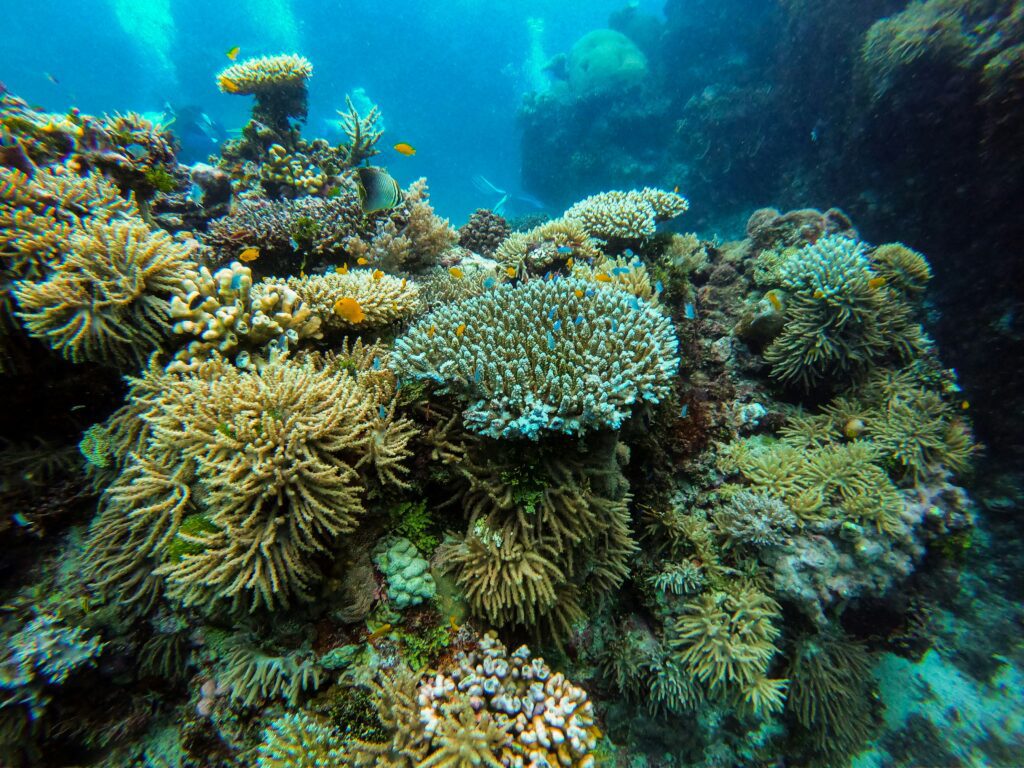What’s happening?
Researchers from QUT’s School of Earth and Atmospheric Sciences and Southern Cross University’s National Marine Science Centre have advanced the understanding of seawater spray technology. Their study examined how high-pressure spray systems split seawater into droplets, revealing new insights into creating mist plumes that reflect sunlight.
Why it matters
The findings could improve the Reef Restoration and Adaptation Program’s Cooling and Shading project, which uses seawater fogging technology to protect corals during hot and calm weather that increases bleaching risk.
Local impact
This breakthrough supports research efforts aimed at shielding high-priority reefs with dense sea spray mist, offering scientists tools to design more effective spraying systems. Townsville, home to key reef science organisations, is central to advancing technology that could shield nearby coral reefs from bleaching.
By the numbers
-
Researchers modelled the droplet sizes and spray patterns with high accuracy.
-
The study focused on secondary droplet break up, where droplets fragment further into smaller ones.
-
The spray produced a wide and even mist of droplets across both experiments and simulations.
Zoom in
Lead author Saima Bukhat Khan, a PhD researcher, said the results deepen knowledge of how droplets behave. “Our findings provide a deeper understanding of how these fine droplets, form, move, and change in size after being sprayed,” Ms Khan said.
She explained that wind tunnel experiments and computer modelling showed how filtered seawater droplets behaved when sprayed through impaction-pin nozzles.
“This type of detail leads the way to better design of nozzles and spraying systems for environmental applications,” Ms Khan said.
Zoom out
QUT’s Dr Joel Alroe said the implications extend to multiple sectors. “Spray technologies are used in agriculture, medicine and industrial settings,” Dr Alroe said. “The more we understand about droplet dynamics, the more efficient and precise systems we can design.”
What to look for next
The findings, published in the Journal of Aerosol Science, provide a base for optimising spray nozzles and misting systems within the Reef Restoration and Adaptation Program, funded by the Australian Government’s Reef Trust and the Great Barrier Reef Foundation.



